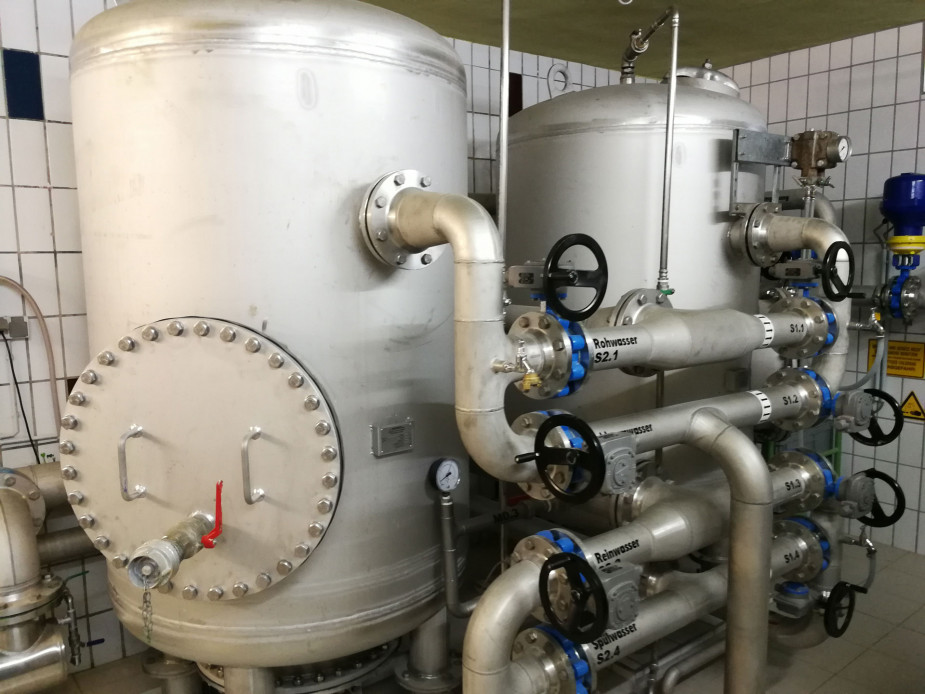New version of the Drinking Water Ordinance

New version of the Drinking Water Ordinance tightens standards for arsenic and lead
The latest version of Germany’s Drinking Water Ordinance has been in effect since the summer. The Ordinance prescribes new, lower permissible limits for a variety of substances, such as arsenic and lead. Our GEH® Granular Ferric Hydroxide helps impacted water suppliers to adhere to the stricter standards.
The latest version of Germany’s Drinking Water ordinance came into effect on 24 June
(https://www.recht.bund.de/bgbl/1/2023/159/VO.html). Aside from new aspects such as standards for the forever chemicals PFAS and a binding risk management system, several existing permissible limits have also been modified. This has resulted in a new permissible limit for arsenic in drinking water of 4 μg/l, and 5 μg/l for lead. Existing water supply systems will be required to meet the arsenic standard by January 2036 at the latest. As of January 2028, newly-commissioned water supply systems will need to comply with the stricter standard from the outset. This poses a great challenge to the impacted water suppliers.
There is good news, however: Our GEH® Granular Ferric Hydroxide product can easily remove arsenic to a level that betters the new permissible limit. As a general rule, existing arsenic removal plants can continue to operate as normal. In some cases, it may be meaningful to modify the plant’s configuration, however, in order to effectively meet the standard and optimise service life. Without any such modification, the intervals for replacing the GEH® Granular Ferric Hydroxide bed will shorten due to the lower permissible limits being reached faster.
Water suppliers working with arsenic concentrations in their raw water ranging from 4 – 10 μg/l, now need to get active. Where the permissible limit cannot be met through other means, plans should be made to specifically remove the arsenic. You can get your water treatment process fit for the future by retrofitting a GEH Granular Ferric Hydroxide adsorption filter.
Anyone who has been relying on flocculation/co-precipitation with iron salt to remove arsenic will now be required to increase the dosages in order to meet the lower arsenic limits. This automatically converts into higher volumes of return activated sludge and a higher flocculant consumption rate. In these instances, adding a downstream GEH® Granular Ferric Hydroxide police filter or fully converting to a GEH® Granular Ferric Hydroxide system may be the more advantageous solution.
The new lead standard will come into force from 2028 onwards. On the whole, lead in raw water is seldom an issue in Germany. That being said, the new, lower permissible limit of 5 μg/l will invariably lead to a growing demand for treatment plants dedicated to removing lead from drinking water.
Should you have any questions concerning the new standards, about planning a new adsorption plant, or the continued operation of an existing one, please contact us for assistance.